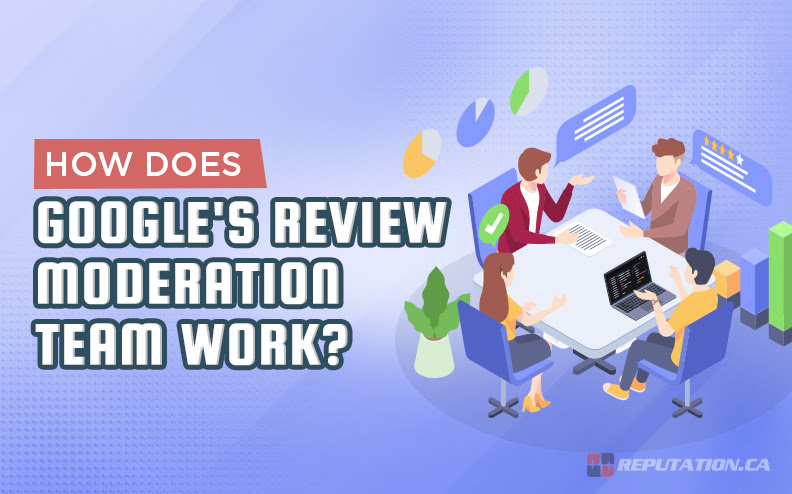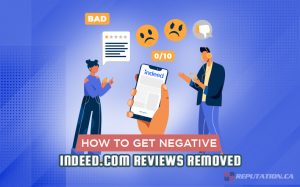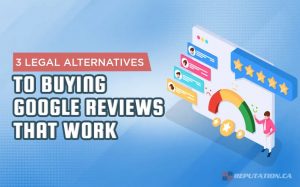When someone posts a fake review, it can damage the trust and cost the businesses some money. The stakes are real. Review moderation tends to create a more balanced playing field for you as a consumer and for the businesses you use. The laws for watching the reviews need some standard communication because scammers are always finding new tricks. When you respond faster to the suspicious content, it prevents the negative fake feedback from hurting a brand’s reputation.
Google runs the reviews through an AI screening first, then asks a human reviewer to evaluate, while also counting how the users flag suspicious content – it can help block the fake posts from appearing and can improve the honest businesses in search results. It also protects businesses from possible legal problems and makes you feel more confident about the reviews you’re reading.
The algorithm checks each review in just a few seconds when you work behind the scenes.
Google’s review system processes millions of comments every day. Have you wondered what happens right after you hit that “submit” button? There’s advanced technology working behind the scenes that most people never see.
Automated Screening In Seconds
Quite a bit happens when you submit a Google review. Their automated system jumps into action when you hit that submit button – this online helper works very fast, taking just milliseconds to look over what you wrote.
Google’s system immediately checks for obvious problems in your review. It blocks content with swear words, outside links, or even other people’s personal facts automatically. The whole process happens so fast that you probably won’t see any delay between when you submit and when your review shows up. If there’s a small wait, that’s just the system doing its job.
You could be impressed by the technology working behind this. When your review looks normal, Google’s system can approve it in seconds. They’ve created a giant filtering setup that processes millions of reviews every day.
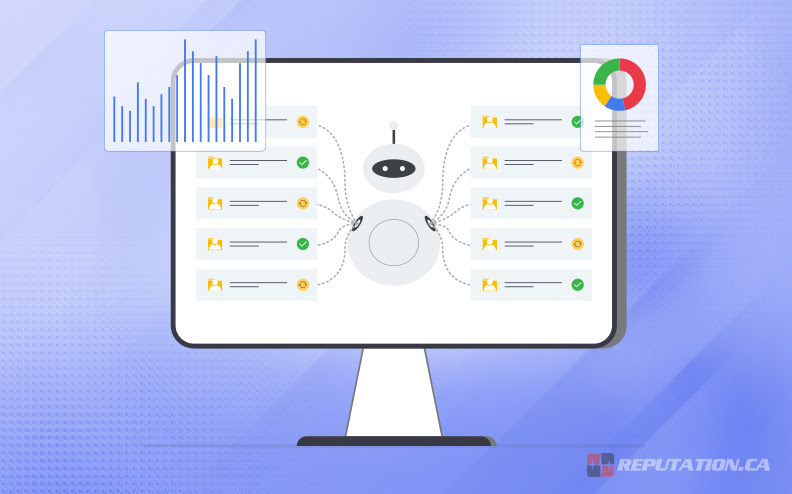
Your normal review might still get caught in these filters, too. The system isn’t perfect. Maybe you accidentally mentioned something that triggered the system – this shows why only automation isn’t the best strategy – computers sometimes miss the context that humans naturally get.
Google uses machine learning and real people to check the reviews. Their own materials say they need “the nuance that humans give you and the scale that machines give you.” This team strategy works way better than just one or the other.
The system also watches for patterns across different reviews. If a business suddenly gets lots of five-star ratings, Google might get suspicious. No one likes spam reviews. The same goes for your account – if you post a few reviews in one day, you might get some extra attention from their system. They do this to keep reviews honest and helpful for everyone.
These automatic checks are just the first step in Google’s review process. Even if your review passes this first look, it might still go through more checks before everyone can see it. So if your review doesn’t show up, give it a little time – it might just be making its way through the system.
Machine Learning Pattern Detection
The AI looks at the bigger picture of how people write their reviews. It checks the patterns in billions of pieces of data to find and block the fake or inappropriate reviews before you ever see them in your search results. You can get more honest information because of this behind-the-scenes work. The tech never sleeps.
The system jumps into action when it notices anything unusual. You’ll be happy to know that it can usually tell the difference between a naturally busy time and a coordinated attack on ratings – it means that the reviews you read align well with real customer experiences. The AI can check the review language when someone copies the same text across different businesses or when accounts leave reviews that sound weirdly similar – this helps to catch “review rings” – groups of people working together to artificially improve or hurt business ratings.
Next time you read some reviews, you can be more confident that they’re probably real. The system also watches for location cheating. When the reviews come from places that don’t match where the reviewer claims to be, that raises a red flag. The AI gets better over time. It learns to find these new tricks as the spammers try to stay ahead. You can try to look at the location tags on the reviews sometimes – they can tell you a bit about authenticity.
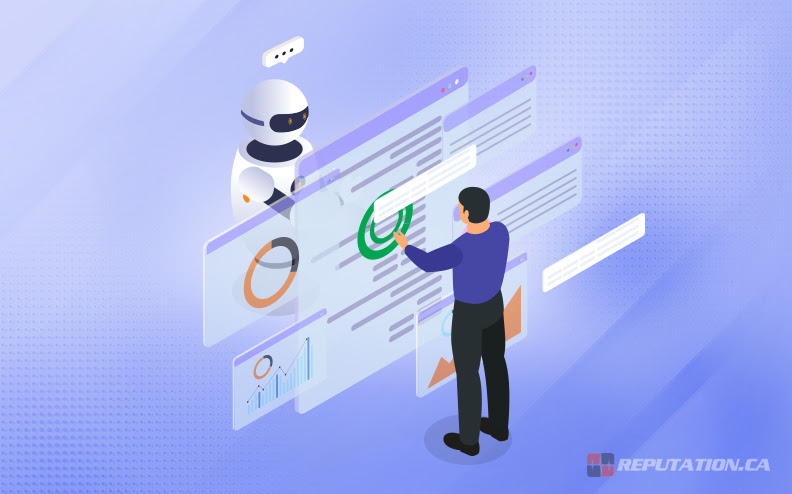
Human reviewers work alongside the AI in Google’s process. Whenever the AI isn’t sure about a review, it passes it to a real person for the final call. Have you noticed how the reviews stay reliable without taking forever to appear? This teamwork between technology and human judgment is how they manage it. You can just benefit from the speed of the AI and the thoughtfulness that only humans give you.
The review system learns from its mistakes and each time a human overrules what the AI decided, that information goes back into the system to make it more accurate next time – this gives you a standard improvement cycle that helps to stay ahead of people trying to game the system. When you see the reviews improving over time, this learning process is partly why.
Human Review Safety Net
When something looks weird in the reviews, the algorithms alert a team of real people who check them more closely. You might not know it at all, though. However, these human moderators get some training to learn about Google’s guidelines and the cultural differences that exist around the world.
The moderators need to find these problems when a review crosses into defamation or contains harmful speech that breaks the rules. It’s not always easy for them either.
When you work as a moderator, it can take a toll on your well-being. They read through the worst things that people write every single day. Not light reading. Their decisions can affect the businesses under review and the customers who took the time to share their experiences. Studies have shown that moderators across tech businesses experience high stress levels.
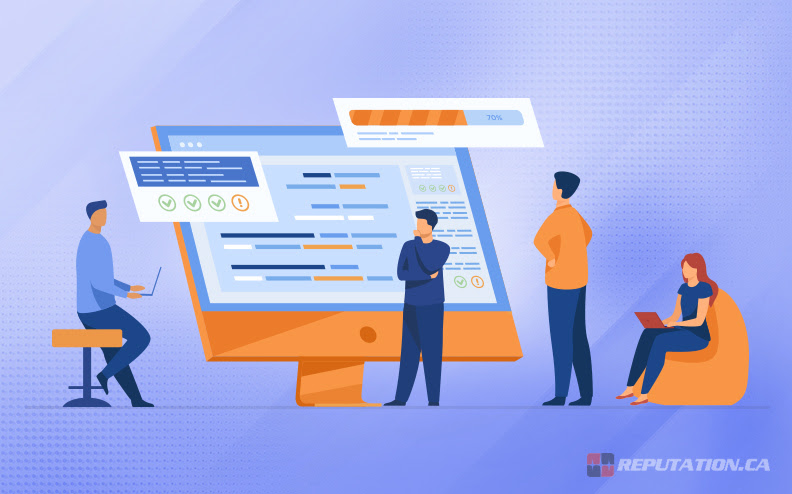
When a review gets flagged, please don’t assume it’s gone forever. The reviews return to the platform after a person confirms they actually follow the guidelines. The checking process takes some time, maybe hours, or sometimes a few days for more tough situations to be resolved.
Google has some systems in place for reviewer disagreements, too. Everyone sees things differently. When two people can’t agree on whether a review should stay up on the site together, they might bring in a third person for another opinion or ask a more experienced team member to make the final call for them.
The combination of technology and human judgment gives you a safety system that works. Computers can quickly catch the obvious problems across millions of reviews, while people manage the cases that need more context from them. The secret behind keeping places mostly clean while still allowing honest feedback? It’s this balance between automated systems and human choice-making that protects users while still allowing real expression to happen.
Community Reporting Mechanics
Google counts on standard people like you and me to help keep their review system honest. When you see something fishy in a review, you can flag it with just a few clicks. The whole process is easy but makes a real difference.
If you want to flag a suspicious review, you can head to Google Search or Maps and find the review that doesn’t look right. Click on the three-dot menu next to it and choose “Report review.” Then you can choose a reason that matches what’s wrong.
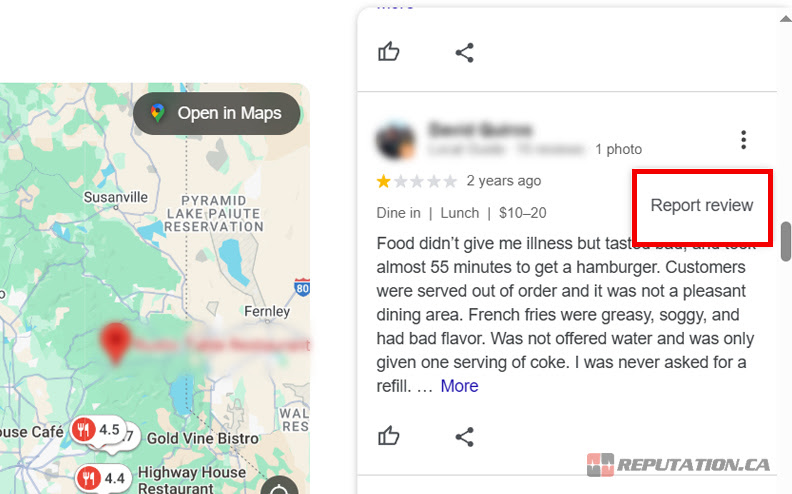
This community strategy works because it taps into thousands of eyes that catch things Google might miss on its own. We all see different things. A coffee shop owner might find a fake review from a competitor and report it while making preparations for the morning rush. Your flags act like alarm bells in Google’s system.
When multiple users flag the same review, Google tends to look at it much faster. They figure that if a few people point out the same issue, it’s worth checking out very soon. They’ve also added some protections to stop people from misusing this feature.
When you help with honest reviews, it feels pretty satisfying for you. It feels good to help out. When you report any fake content, you make the platform much better for everyone else who uses it.
Google might take different amounts of time to respond, and you probably won’t hear back about what happened to your report. They check flagged content with computer systems and real human reviewers – this combined strategy lets them manage millions of reports efficiently.
Your reports connect directly to Google’s bigger machine learning projects, and each valid report you submit can become important training data that helps their automated systems get better at finding the bad content. Every little bit counts. It gives you a helpful feedback loop – the reports you submit make the system better for tomorrow.
Business Flagging Best Steps
When a questionable review actually seems to appear on your profile, first take a deep breath. When you act out of frustration, it might just make things worse for you. Instead, you should just try to document everything before you file a report. Take some clear screenshots of the review and save them with the date and time – this gives you a paper trail you can refer back to later if you need it. Maybe you can view it as some protection for your case.
Next, you’ll want to find the problematic review on your Business Profile, though. You’ll find it through Google Maps on your desktop or directly in the Search. The mobile app works fine, too. But the desktop version usually gives you more reporting options.
Look for those three little dots next to the review and click on them. Choose “Flag as inappropriate” and pick the policy that was violated. Try to be precise about which rule was broken instead of just saying that you don’t agree with what they wrote.
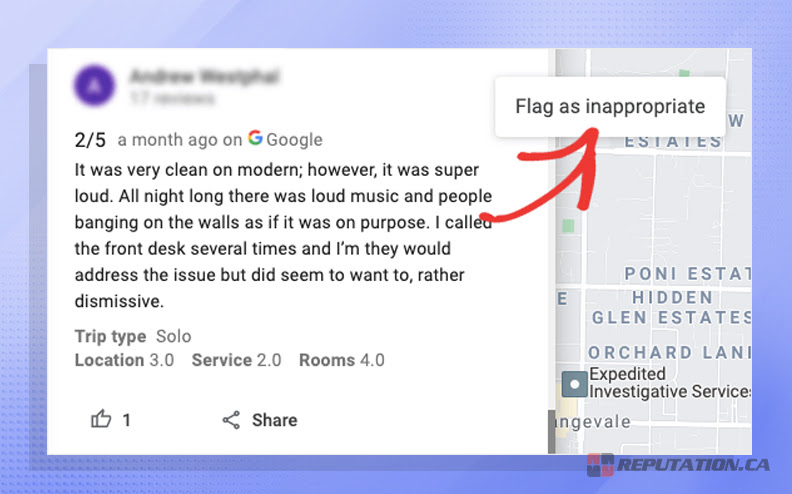
Google won’t remove the reviews just because they’re negative. I know that stings. They mainly look for clear policy violations like fake content, personal attacks, or completely off-topic rants. Reviews that criticize your service will usually stay up even if you don’t like them at all.
After you submit your report, you might also want to ask a few of your team members to flag the same review. When you have more flags, it can sometimes speed up the review process. Just don’t try creating any fake accounts for this – Google can find these patterns pretty quickly.
Then comes the hard part – waiting. Google usually needs anywhere from a few days to a full week to make its final choice. While you’re waiting, try to stay away from any public arguments with the reviewer in the comments section. If your first report doesn’t work out, you can still appeal through the Google Business Profile support. Make sure that you give any extra evidence you have that shows how the review breaks their policies. Sometimes, it takes a second try to get the results.
Large Chains
When you’re handling reviews for locations at Google, the review system works quite differently. The number of reviews can become a full-time job for a few people on your team. Big businesses have a hard time keeping up with the customer feedback that pours in across hundreds of their store pages. Things get tough fast.
Your challenges grow even faster than your review count. Consider handling the reviews in a few different languages and keeping an eye out for coordinated attacks from competitors or upset former employees. To manage this workload, most big businesses use some tools.
These tools connect right to Google’s API and also give you custom dashboards where everything lives in one place. You can sort the reviews by how positive or negative they are, catch the keywords, and send the problems to the right people on your team.
I talked with a national coffee chain that cut down their response times using these tools. Their social media director told me, “We used to take days to answer the negative reviews. Now we respond within hours.” Their faster replies have helped to improve their rating. You’ll have a big choice as a company – do you build your own system or buy one that’s ready-made?
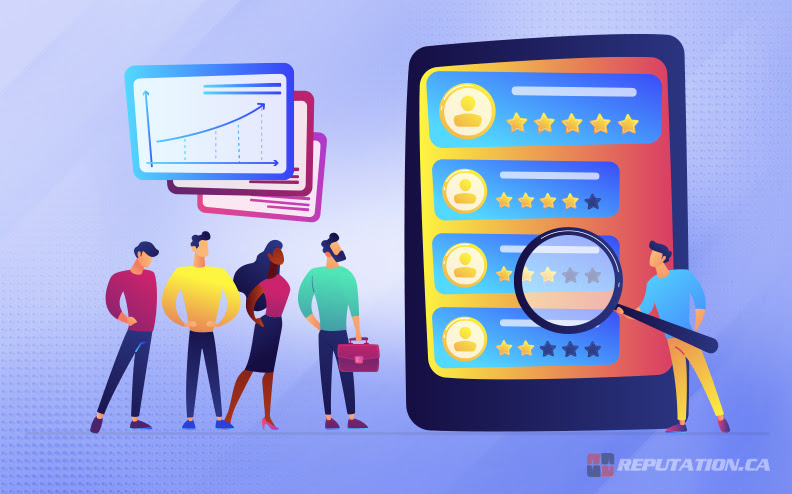
You’ll also need to choose between training your own team or bringing in some outside help to manage the reviews, and each path comes with its own balance of cost and control. Watch out for some common mistakes along the way.
If your regional managers manage the replies without talking to each other, your brand voice can start to sound very uneven. Some of your customers might get warm, helpful replies, while others get stiff, corporate-sounding form letters. When you lean too much on the outside tools, it’s another danger. When Google updates its systems, these tools can break or need some big changes.
If you depend too much on just one platform, you might suddenly find that you can’t manage your reviews. Google’s learning systems take in the data from these interactions. How you respond to the reviews helps to shape the way Google’s moderation team works as time goes on.
Monitor and Manage Your Reputation
Reliable review systems usually work best when the fast automated screens team up with the machine learning tools. The screens catch obvious policy violations, while the learning tools look for more soft patterns and can find even small signs of suspicious activity before the public sees it. It’s just a bit stressful. Human oversight, then, can be a good safety net. Trained specialists review the content that falls into gray areas or confuses the automated filters, ensuring each case gets fair treatment with context.
Past these behind-the-scenes checks, you and the other users can play a big part. The community input gives you a real-time layer where anyone can flag the content that seems off or unhelpful. When you put these layers together – automated screening, machine learning, human review, and community reporting – you get a good strategy that helps readers feel confident about the reviews they’re seeing, and each review follows a fair path.

We’ve all been there before. Of course, no system works all of the time. Even with careful design, some unexpected quirks in the algorithms can still slip through, leaving a few weird reviews that don’t quite belong there. But when you take some time to know how these pieces work together, you can build better plans for honest feedback and address problems early, before small problems turn into bigger ones. When you stay involved, it works much better than just hoping the system catches everything on its own.
Are you ready to take control of your own online reputation and shape how customers talk about you? You can trust Canada’s leading experts to help manage your reviews, social media, PR, and crisis response. The struggle feels real. If you’re dealing with cancel culture problems or want to build a more authentic business website, we have a solution for you. You’ll get personal support and a plan to stay ahead of problems.
Get in touch with us at Reputation.ca today!
